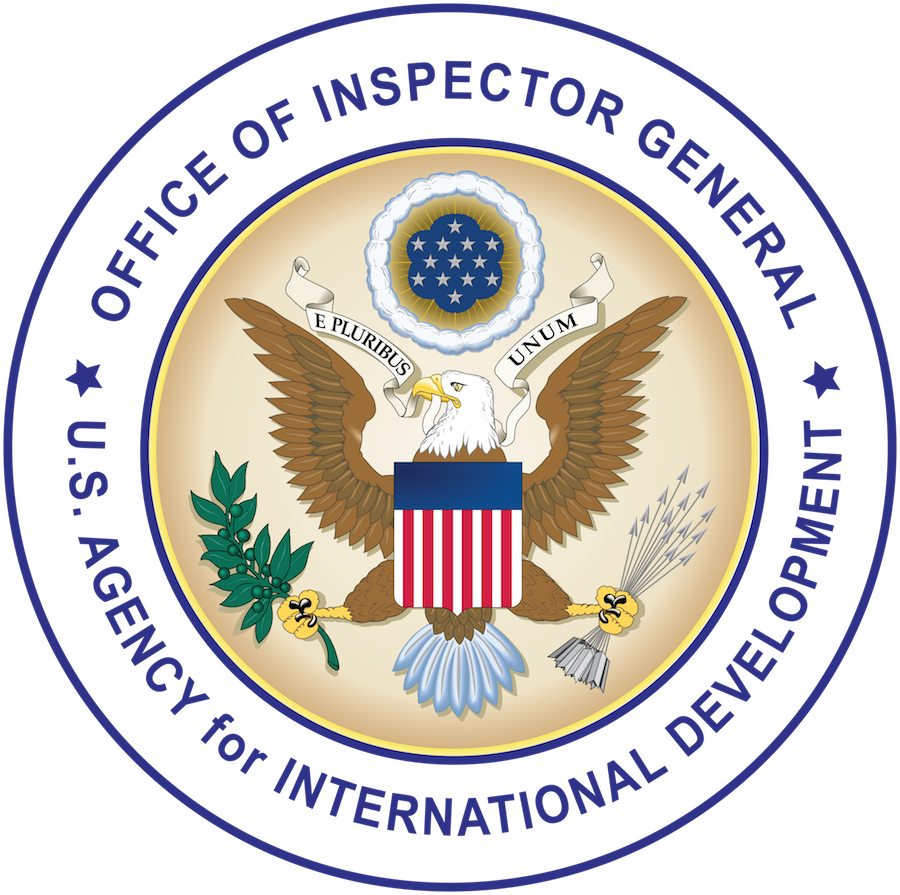For years, USAID has been the U.S. government’s lead agency for international humanitarian assistance. In the last decade alone, the Agency funded more than $70 billion in food, healthcare, shelter, water, sanitation, and other lifesaving supplies needed during disasters and crisis conditions overseas. Crisis environments are by their very nature unstable and insecure, such as the war zones in Ukraine, Gaza, and Syria; massive population displacement in Iraq and Northern Ethiopia; and, more recently, the earthquake in Burma. Substantial uncertainty and inaccessibility, coupled with the rapid flow of large amounts of money, create prime opportunities for fraud and diversion—risks that have intensified with the growing scale and duration of humanitarian responses. USAID faced difficulty managing these challenges while distributing and overseeing humanitarian assistance. As the administration determines the future of foreign assistance, we offer lessons from our oversight of humanitarian assistance programs to learn from past experiences and enhance future responses.
